ZF21 protein, a regulator of the disassembly of focal adhesions and cancer metastasis, contains a novel noncanonical pleckstrin homology domain
- PMID: 21768110
- PMCID: PMC3173091
- DOI: 10.1074/jbc.M110.199430
ZF21 protein, a regulator of the disassembly of focal adhesions and cancer metastasis, contains a novel noncanonical pleckstrin homology domain
Abstract
Directional migration of adherent cells on an extracellular matrix requires repeated formation and disassembly of focal adhesions (FAs). Directional migration of adherent cells We have identified ZF21 as a regulator of disassembly of FAs and cell migration, and increased expression of the gene has been linked to metastatic colon cancer. ZF21 is a member of a protein family characterized by the presence of the FYVE domain, which is conserved among Fab1p, YOPB, Vps27p, and EEA1 proteins, and has been shown to mediate the binding of such proteins to phosphoinositides in the lipid layers of cell membranes. ZF21 binds multiple factors that promote disassembly of FAs such as FAK, β-tubulin, m-calpain, and SHP-2. ZF21 does not contain any other known protein motifs other than the FYVE domain, but a region of the protein C-terminal to the FYVE domain is sufficient to mediate binding to β-tubulin. In this study, we demonstrate that the C-terminal region is important for the ability of ZF21 to induce disassembly of FAs and cell migration, and to promote an early step of experimental metastasis to the lung in mice. In light of the importance of the C-terminal region, we analyzed its ternary structure using NMR spectroscopy. We demonstrate that this region exhibits a structure similar to that of a canonical pleckstrin homology domain, but that it lacks a positively charged interface to bind phosphatidylinositol phosphate. Thus, ZF21 contains a novel noncanonical PH-like domain that is a possible target to develop a therapeutic strategy to treat metastatic cancer.
Figures
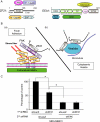


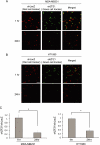
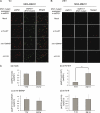
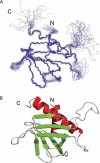

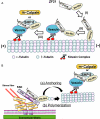
References
-
- Hynes R. O. (2002) Cell 110, 673–687 - PubMed
Publication types
MeSH terms
Substances
LinkOut - more resources
Full Text Sources
Molecular Biology Databases
Research Materials
Miscellaneous

